4 Unexpected Ways to Get More Water in Your Diet
Wow-worthy intel about the liquid we can't live without.
By Leslie Goldman
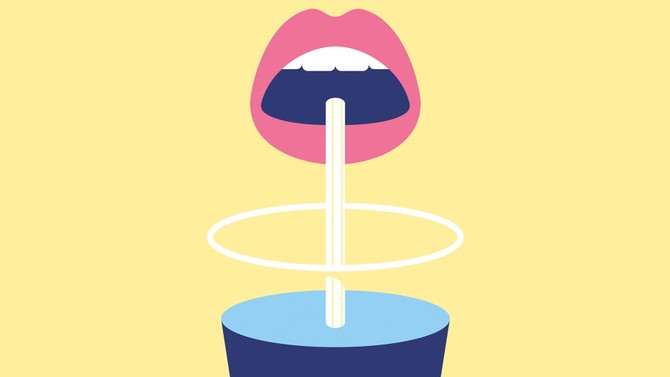
Illustration: Ben Wiseman
Feeling Parched?
You may not be eating enough water. Yes, eating. So say the experts familiar with H3O2, or gel water. Research spearheaded by Gerald Pollack, PhD, a water scientist and bioengineering professor at the University of Washington, suggests that water has a fourth phase in addition to solid, liquid, and gas. Found abundantly in living cells, gel water is thought to be more hydrating than the regular kind, which is why Dana Cohen, MD, coauthor of the book Quench, encourages people to get more water from food. "Tap water is still vital, of course," Cohen says, "but the water in plants, like the silky gel water surrounding cucumber seeds, is more like the water in our cells, so it hydrates more efficiently." The fiber found in produce, she adds, "has a sponging effect, creating a long-lasting, slow release that allows us to absorb liquid." For this reason, says Quench coauthor Gina Bria, who researches the best ways to hydrate, "consuming an apple and a glass of water is more hydrating than two glasses of water." Now that you know H3O2 is the new H2O, drink in a few other notable water facts.
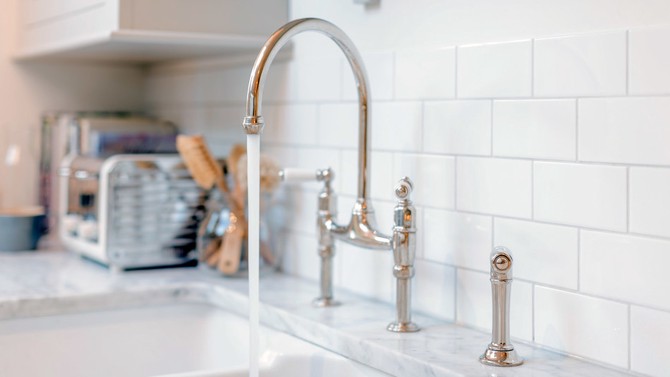
Photo: Charlie Dean/Caiaimage/Getty Images
All-Natural Water Isn't Safer Than the Treated Kind
Many fans of "raw," or untreated, water believe they're getting probiotics and minerals that could otherwise be strained out during processing. But they could be consuming any number of less desirable things, too. Public drinking water must meet Environmental Protection Agency standards, so most of it is treated and filtered to remove at least 88 contaminants, according to the EPA. "The filtering process removes parasites like giardia and cryptosporidium, both of which come from the stool of infected animals and humans," says Kathy Benedict, PhD, an epidemiologist with the CDC's Waterborne Disease Prevention Branch. There's no guarantee that water you collect from a spring is 100 percent safe. As for the brands of raw water available online or in stores, to be approved for sale they must meet FDA quality guidelines. But some of these beverages come from the same source as tap water—just with a significantly higher price tag (for example, $16 for two and a half gallons).
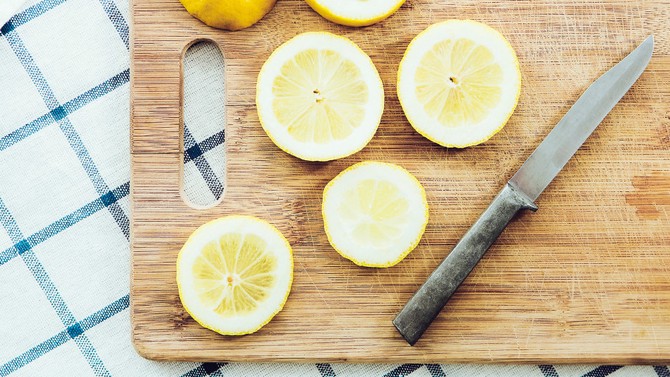
Photo: Emily Suzanne McDonald/Getty Images
Adding Lemon to Your Water Improves More Than the Taste
Lemon juice contains potassium, an electrolyte known to be an important player in hydration. When you're parched, Cohen and Bria recommend hydrating with water that's been amped up with a squeeze of lemon plus a pinch of sea salt (sodium helps your body hold on to the right amount of water). This also makes a great preworkout drink, says Cohen, though if it's hot outside or you plan to exercise for more than an hour, you may want the extra electrolytes found in sports beverages.
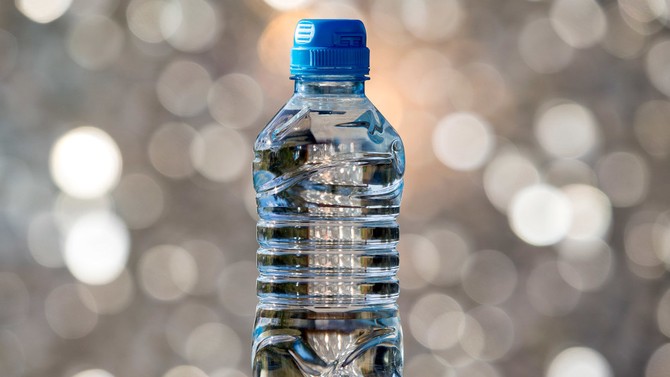
Photo: Jose A. Bernat Bacete/Getty Images
There May Be Some Actual Bottle in That Bottled Water
If you think you're doing a good thing by reusing those clear, crinkly plastic bottles, think again, says Cheryl Watson, PhD, professor emeritus of biochemistry and molecular biology at the University of Texas Medical Branch in Galveston. These bottles can leach their chemicals into the water, which may then have unwanted hormonal effects on the body. Even though BPA is no longer used in most plastic water bottles, Watson says that "it will likely take a long time before we can accumulate the evidence needed to deem plastics of many sorts 'safe.'" Leaving bottles in the heat can contribute to the leaching process. If your bottle doesn't say reusable, then recycle it. You can also try a glass or stainless steel bottle—or boxes of water. These use less plastic, and, as a bonus, the square shape prevents them from rolling around in your car.
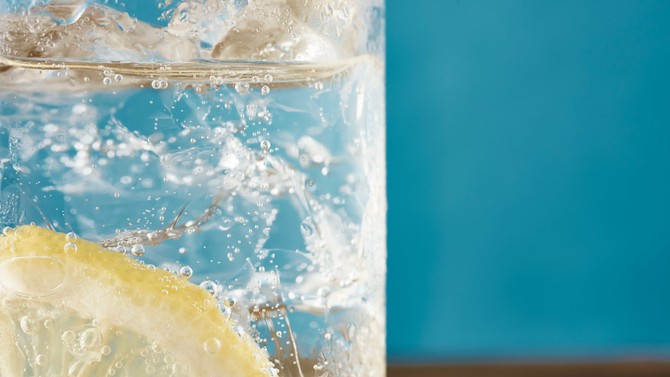
Photo: Utamaru Kido/Getty Images
Sparkling Water Is Just as Hydrating as Still
A 2016 American Journal of Clinical Nutrition study that compared still water with 12 other beverages (including seltzer, cola, OJ, hot and iced teas, coffee, lager beer, and a sports drink) found that bubbles don't inhibit your body's ability to quickly get the hydration it needs. So your eight daily glasses can include a few cans of pamplemousse fizz.
From the August 2018 issue of O, The Oprah Magazine

